Currently, many countries are increasingly strict with import criteria, which has been causing a lot of pressure on domestic industrial enterprises.
Industry and Trade Newspaper had an interview with economic expert, Dr. Nguyen Minh Phong to better understand this issue.
In recent times, industrial enterprises, especially Exporting enterprises face difficulties due to lack of standards and are at risk of falling behind when participating in the global value chain. What is your opinion on this issue?
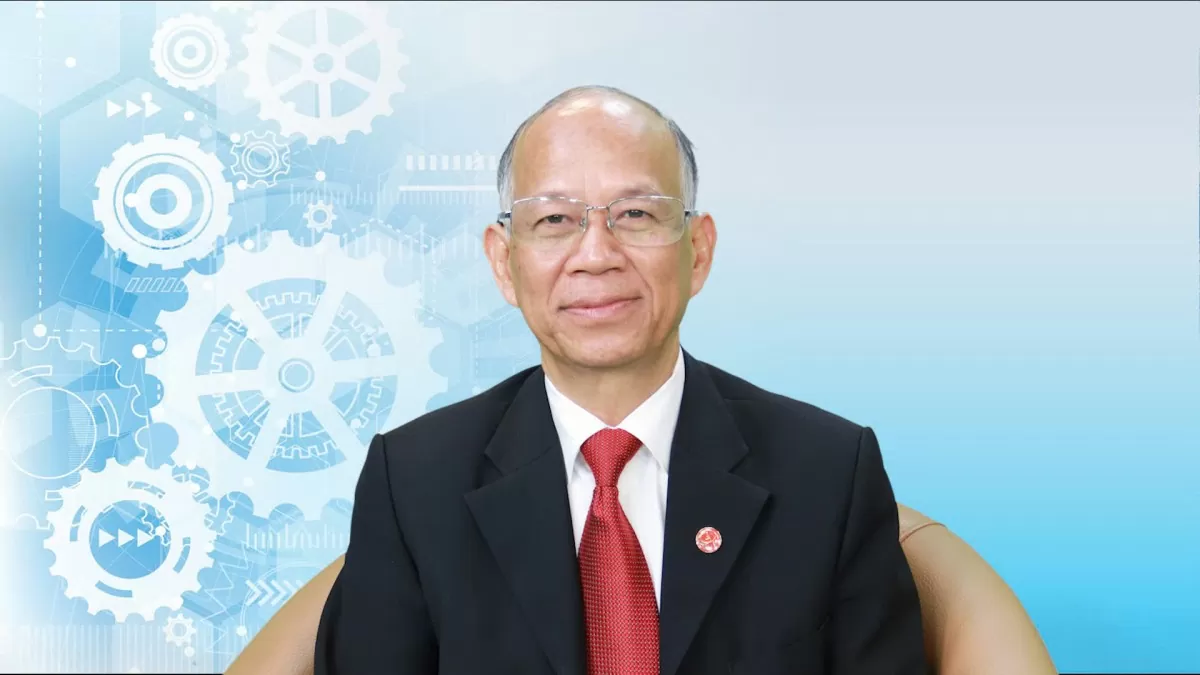 |
| Economist, Dr. Nguyen Minh Phong. Photo: Quoc Chuyen |
In general, in 2024, although the global economy and trade show signs of improvement, Vietnam's export activities in general and its export of processed and manufactured goods in particular are affected by political developments and competition in the world. Especially the risk of disruption to the global supply chain, production chain, and high freight rates in recent times.
In addition, import and export activities continue to depend on a number of markets, goods and regions with foreign direct investment (FDI). Some key export items to major markets such as the US, EU... continue to face pressure from trade defense investigations, technical barriers related to the environment, sustainable development, green transformation...
Industrial enterprises, especially export enterprises, continue to face difficulties in expanding and diversifying markets due to high input material costs and compliance costs (especially with new regulations and standards).
In particular, recently, major footwear importing countries have continuously put forward new requirements for importing products with increasing social and environmental responsibility (such as EPR - Extended Producer Responsibility, CBAM - Carbon Pricing Mechanism).
Typically, since March 2024, the EU market has begun to introduce new requirements, such as sustainable design and traceability, supply chain transparency. If importing raw materials from abroad, businesses will have to be transparent about the entire production process at the production site. These policies are directly and indirectly having and will have a strong impact on businesses in the industry.
In addition, the trend of attracting foreign direct investment (FDI) in the world is changing towards investing in high technology, core technology, based on investment efficiency instead of profit as before. This context and shift are opening up many opportunities and challenges for each country to attract FDI in particular and develop the processing and manufacturing industry in general.
In addition, Vietnamese enterprises, especially those participating in global supply chains or exporting, are increasingly facing pressure to practice ESG (a set of three standards: E- Environment, S- Society, and G- Corporate Governance measuring factors related to the orientation of sustainable development activities).
Many opinions say that the manufacturing industry is still an industry group that is easily shaken by market changes . So, in your opinion, what are the opportunities for businesses in the industry in the coming time?
In the period of 2025 - 2030, the development trend of the manufacturing industry is expected to be towards sustainable development, environmentally friendly. Strongly developing industries are still the chemical, rubber, plastic industries; construction materials industry when real estate is in the recovery stage or textile, leather and footwear industries.
It must be acknowledged that the processing and manufacturing industry is still a group of industries that are easily affected by market changes, so it requires the industry to move towards self-sufficiency in domestic raw material supply. At the same time, production must be associated with technological innovation, modernization of machinery and creativity, ideas... especially with digital transformation and diversification of supply chains towards rapid and sustainable development.
In the coming time, Vietnam has many potentials and new opportunities for developing the processing and manufacturing industry, associated with the need to promote industrialization and modernization. The Resolution of the 13th National Party Congress clearly defines the target that by 2025, the proportion of processing and manufacturing industry in GDP will reach 25%. This is a great challenge, requiring great efforts and participation of all relevant parties.
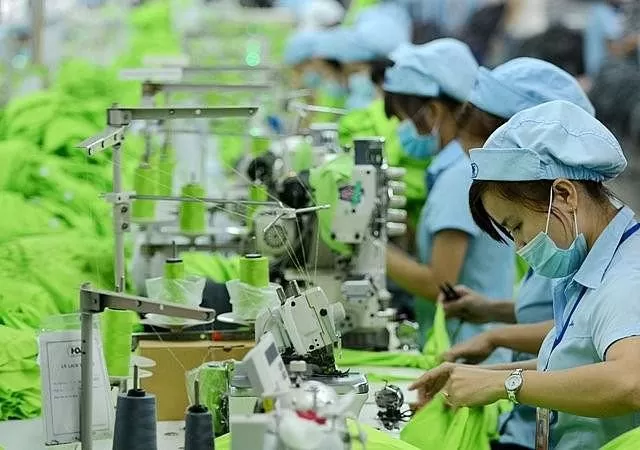 |
| In the period 2025 - 2030, the development trend of the processing and manufacturing industry is expected to follow the trend of sustainable and environmentally friendly development. Photo: PA |
In recent times, the Ministry of Industry and Trade has also actively promulgated and completed the legal system, policies, and legal documents to create motivation to support and develop the processing and manufacturing industry in order to resolve and remove bottlenecks, creating strong resources for industrial development.
However, manufacturing enterprises in general and enterprises in the processing and manufacturing industry in particular also need to know how to take advantage of and proactively adapt to the development trend of the digital technology revolution. Along with strengthening the connection between localities and regions to shift the structure of the processing and manufacturing industry towards increasing added value.
According to you, what is the solution to overcome difficulties and create momentum for supporting industrial products and processing and manufacturing to participate deeply in the global supply chain?
Regarding solutions, in my opinion, first, the authorities need to proactively continue to improve the institutions in terms of organization, personnel, legal documents, and policy mechanisms to support international integration and import-export in general, and trade promotion in particular, such as proactively developing and implementing trade promotion plans, linking production, connecting supply and demand, promoting the image, brands of industries, and local products of economic regions.
Strengthen the presence of Vietnamese enterprises, industries, and product brands at major international fairs and exhibitions; organize trade delegations in FTA markets, key export markets, and potential markets.
Second, proactively attract and selectively cooperate with foreign investment, taking quality, efficiency, technology and environmental protection as the main evaluation criteria. Prioritize projects with advanced technology, new technology, high technology, clean technology, modern management, high added value, spillover effects, connecting global production and supply chains... Develop investment criteria to select and prioritize investment attraction in accordance with the planning and development orientation of industries, fields and localities. Innovate investment incentive mechanisms and policies.
Third, strengthen links and business cooperation to develop production chains and value chains, increase the added value of products and services, and move towards higher levels in regional and global value chains. Innovate production and business models associated with sustainable development goals: clean, green, economical production, efficient use of energy, and environmental protection. At the same time, focus on developing human resources to meet the requirements of technological innovation and production processes that meet development requirements and trends.
Fourth, promote infrastructure development to serve industrial development. For industrial parks and clusters that have been planned but do not have investors, focus on research, promotion, search and call for potential, capable and reputable investors to explore investment opportunities; flexibly apply and maximize incentive mechanisms for infrastructure investors.
Source: https://congthuong.vn/doanh-nghiep-cong-nghiep-ap-luc-ve-tinh-xanh-trong-chuoi-cung-ung-toan-cau-355069.html


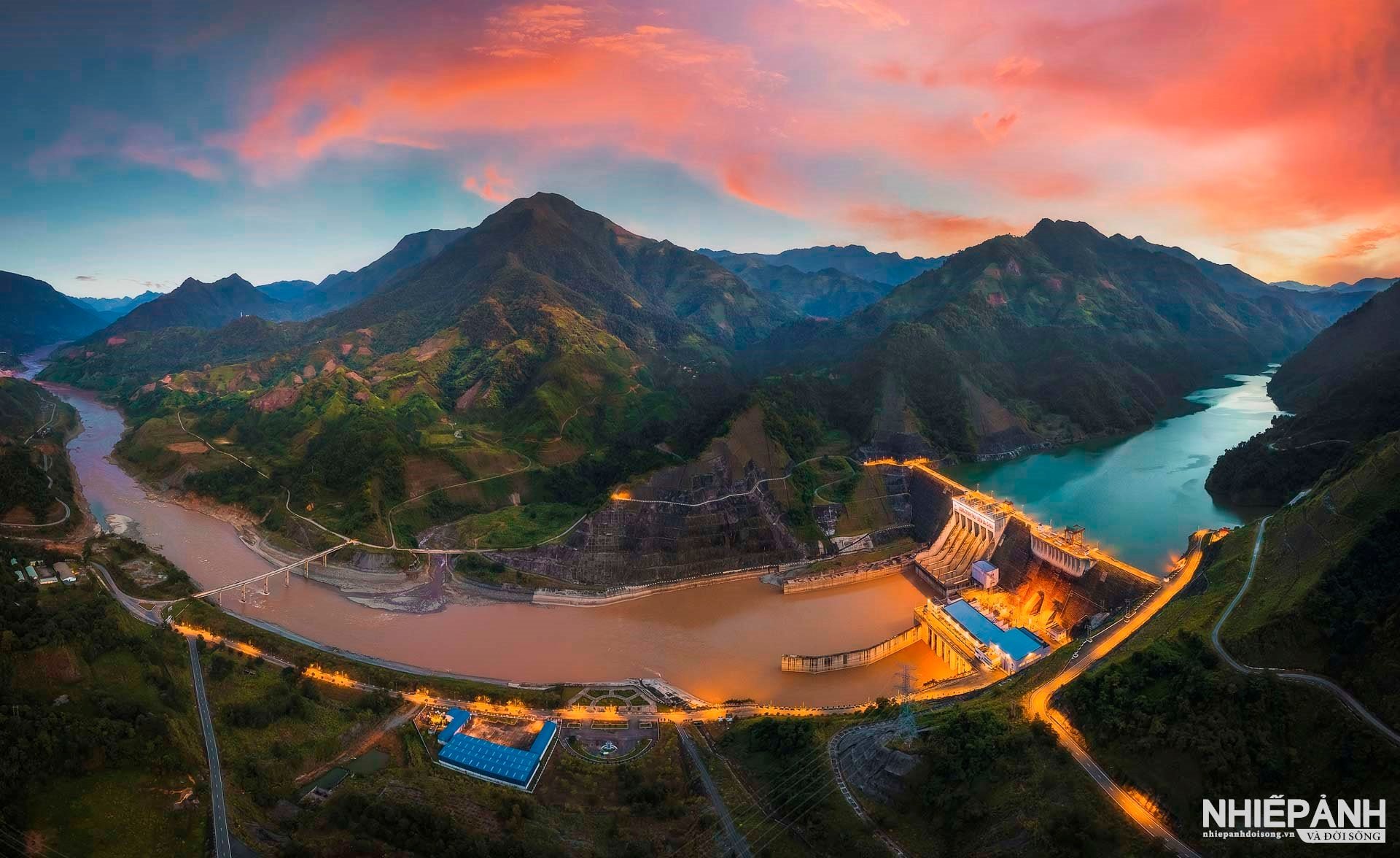
![[Photo] Speeding up construction of Ring Road 3 and Bien Hoa-Vung Tau Expressway](https://vstatic.vietnam.vn/vietnam/resource/IMAGE/2025/3/31/f1431fbe7d604caba041f84a718ccef7)
![[Photo] General Secretary To Lam receives US Ambassador to Vietnam Marc E. Knapper](https://vstatic.vietnam.vn/vietnam/resource/IMAGE/2025/3/31/5ee45ded5fd548a685618a0b67c42970)
![[Photo] 2nd Conference of the Party Executive Committee of Central Party Agencies](https://vstatic.vietnam.vn/vietnam/resource/IMAGE/2025/3/31/8f85b88962b34701ac511682b09b1e0d)

![[Photo] Prime Minister Pham Minh Chinh receives delegation of leaders of US universities](https://vstatic.vietnam.vn/vietnam/resource/IMAGE/2025/3/31/8be7f6be90624512b385fd1690124eaa)
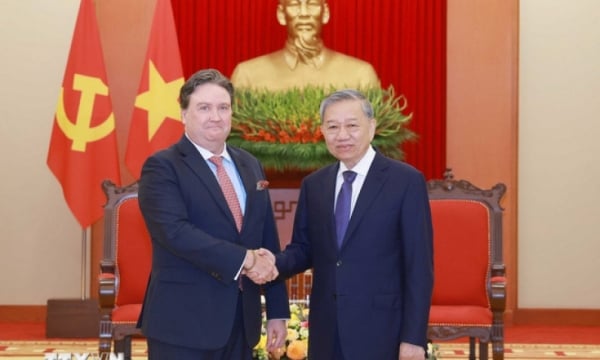

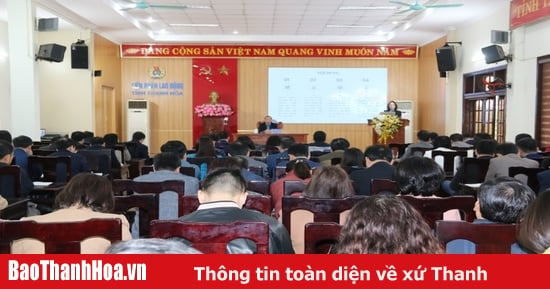


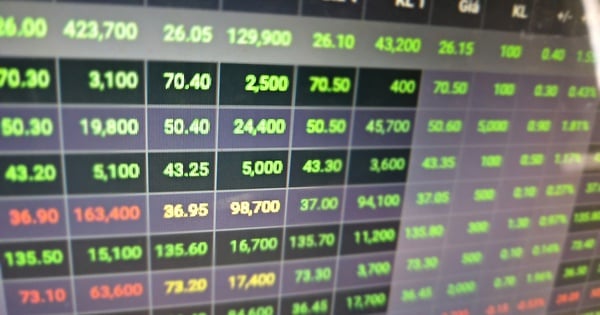

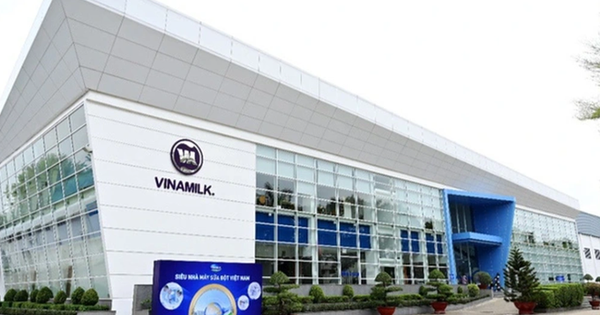


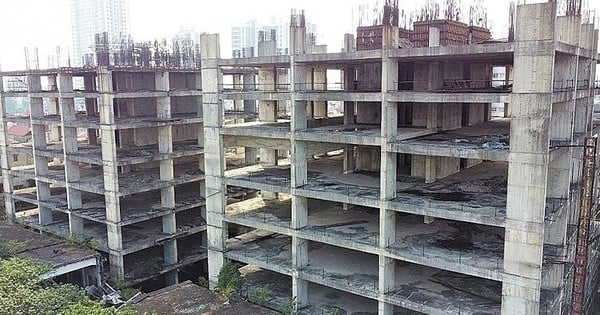
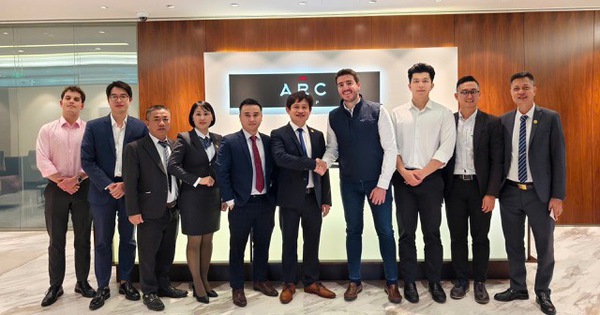
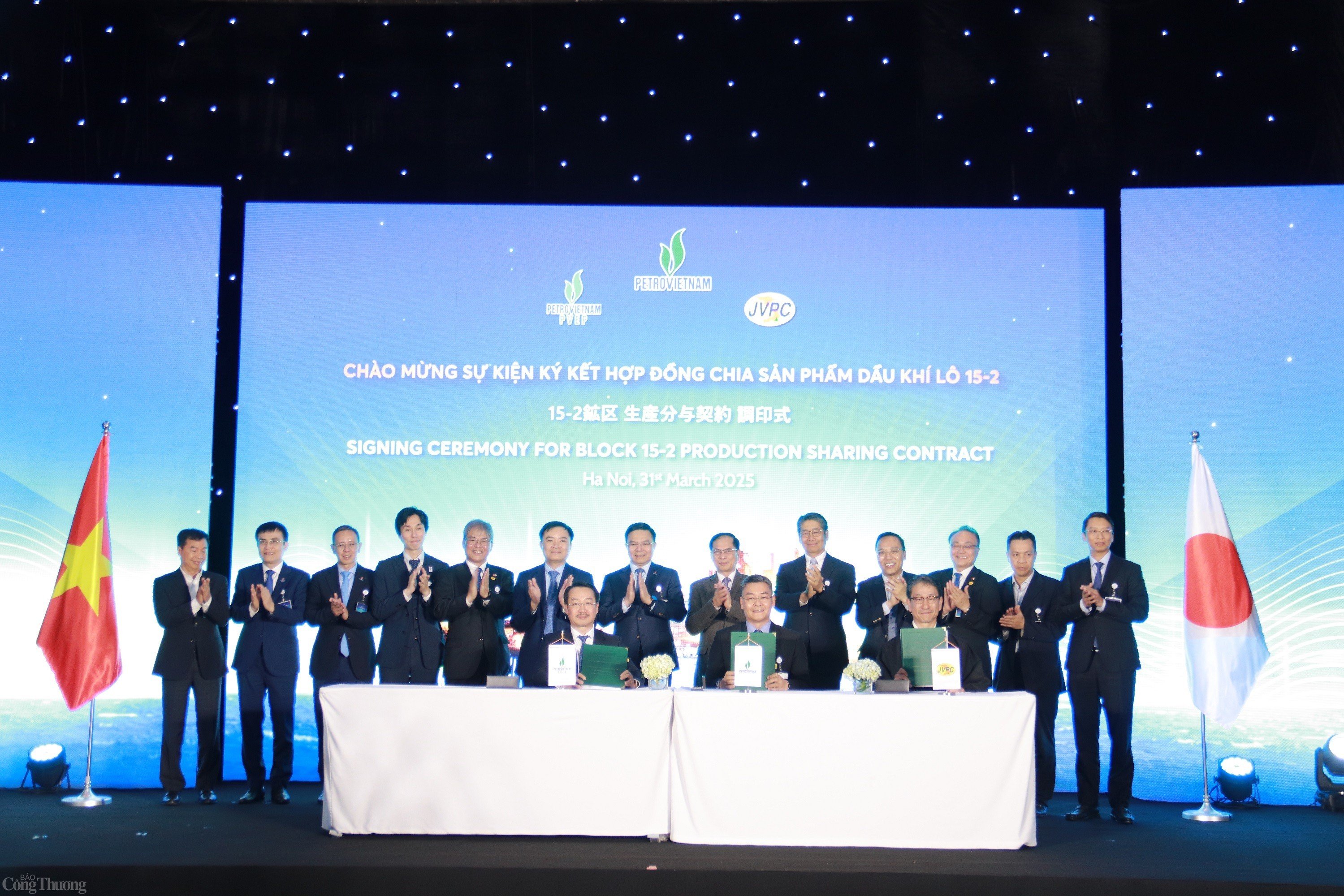




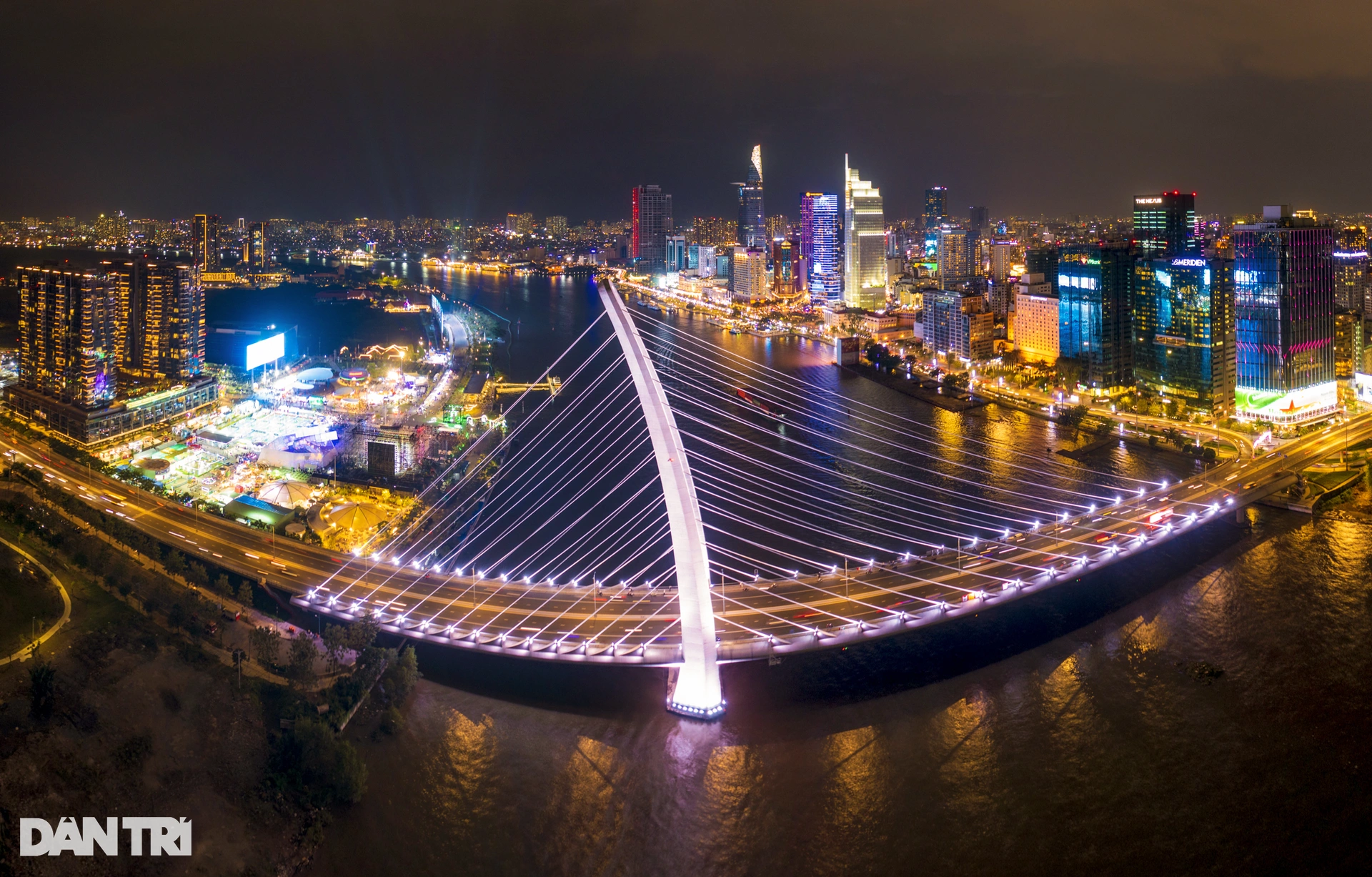


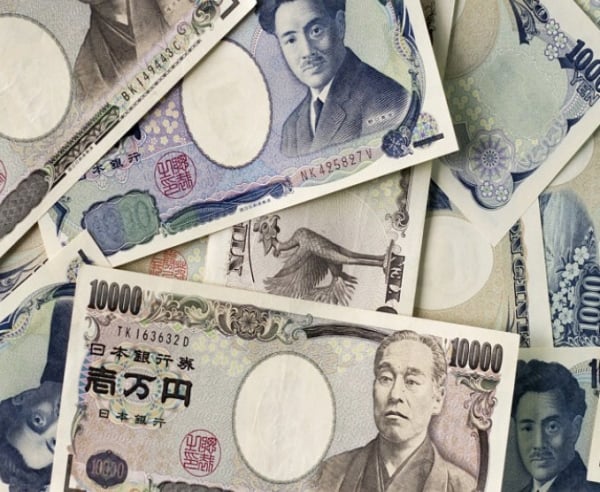
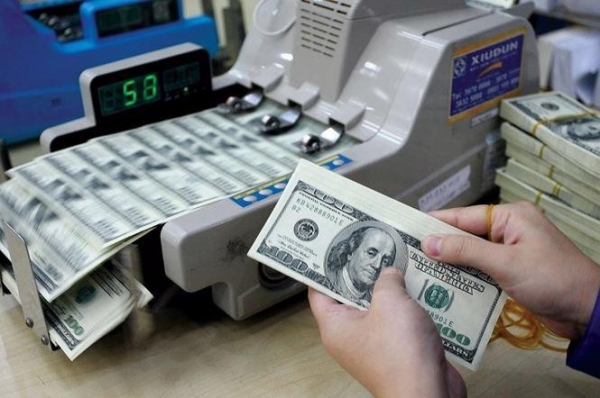


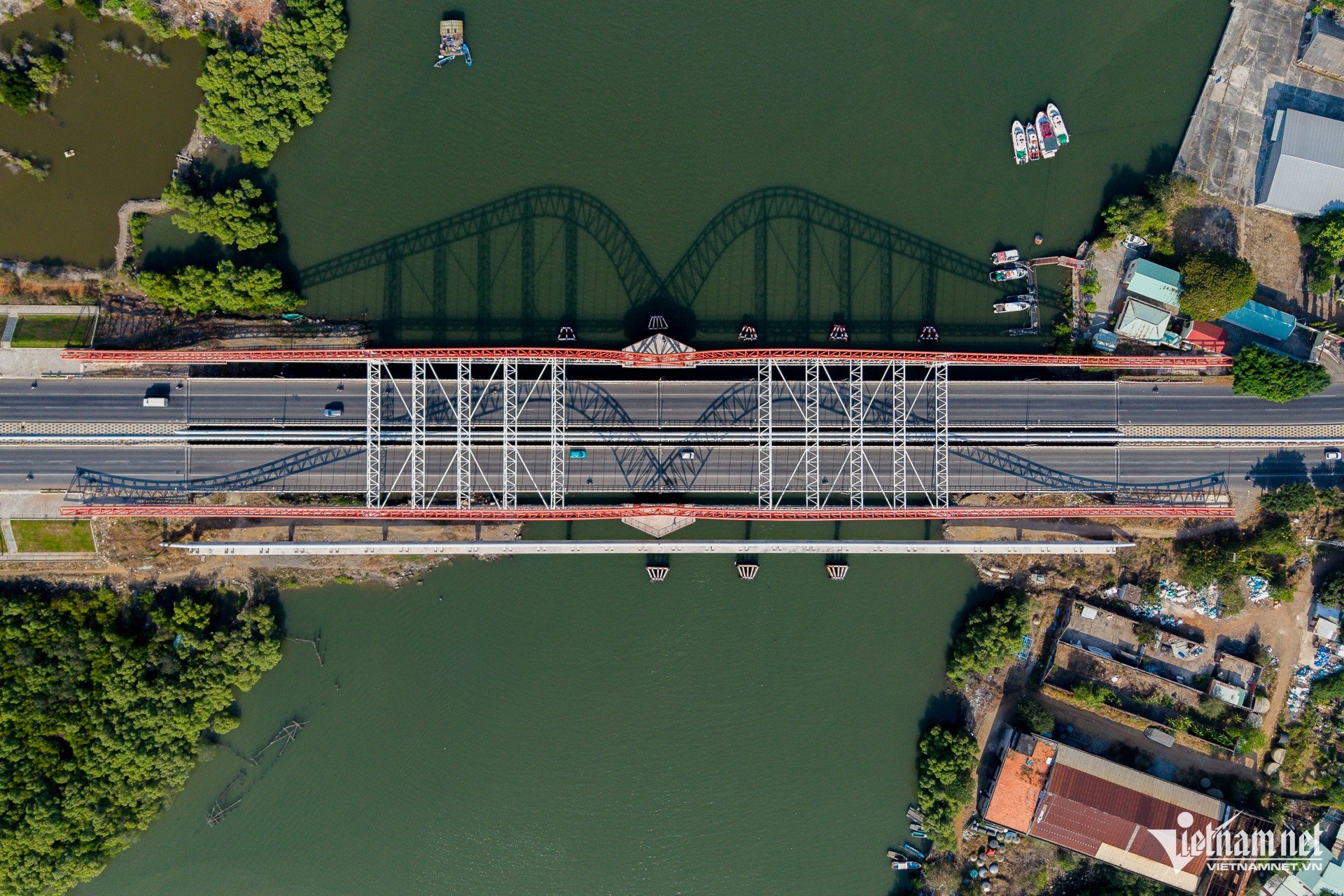


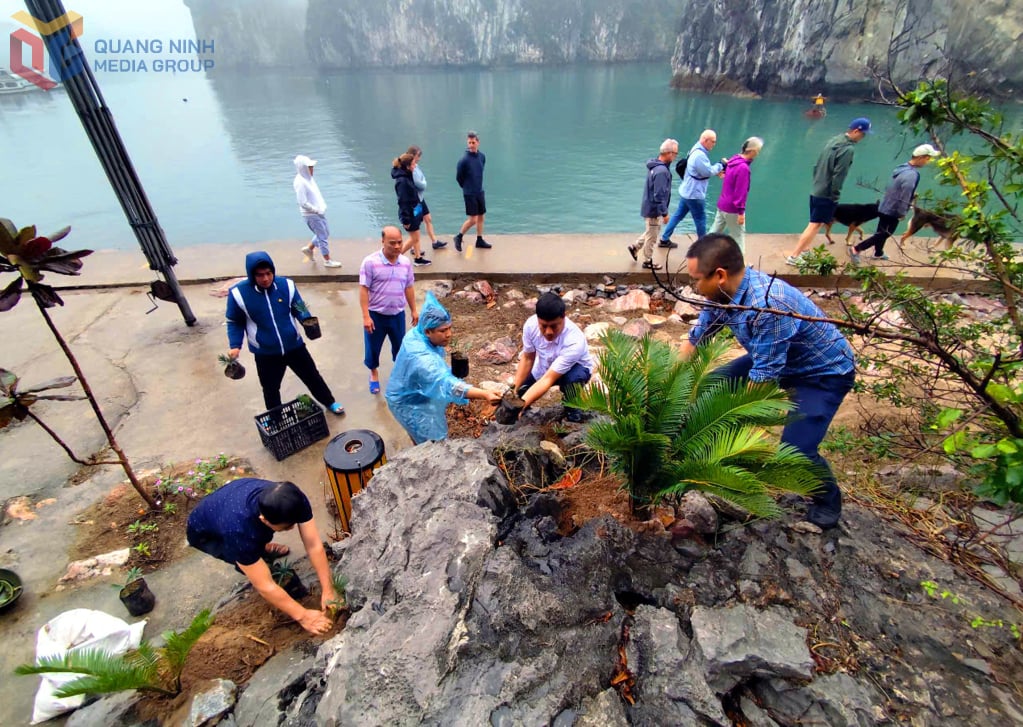



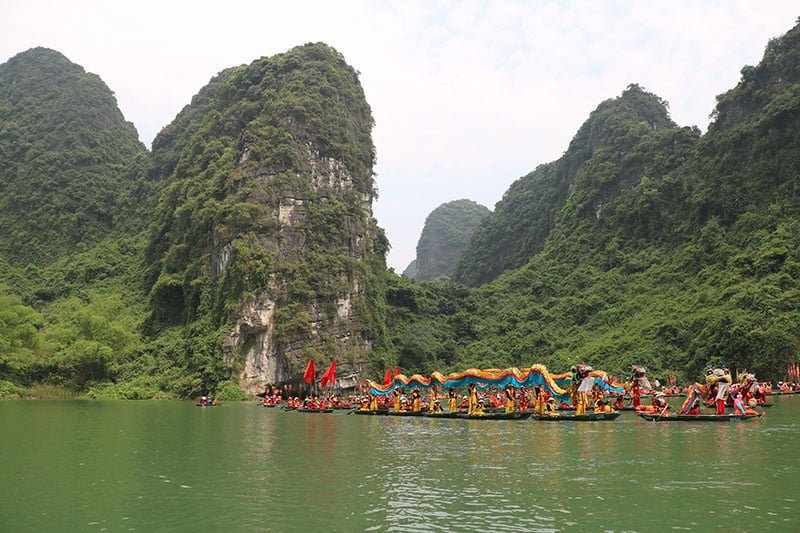



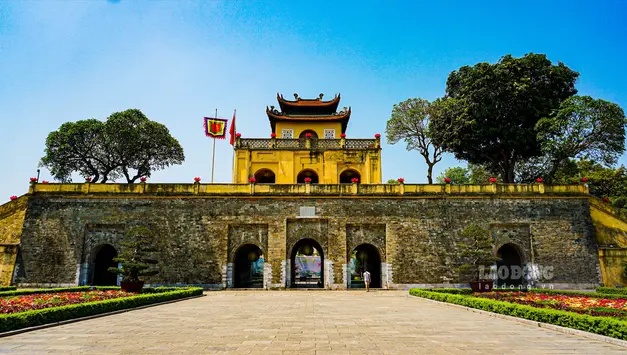

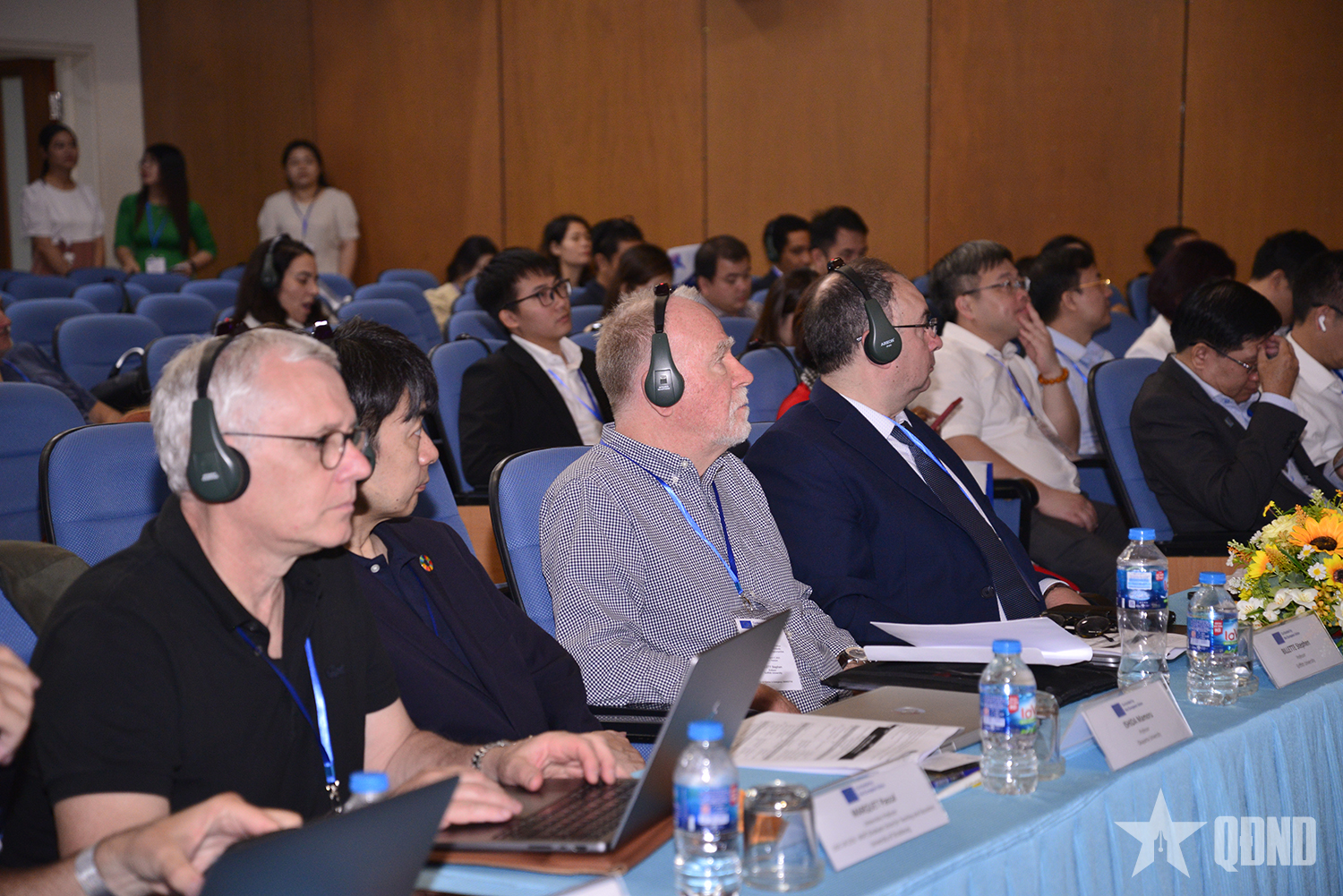





















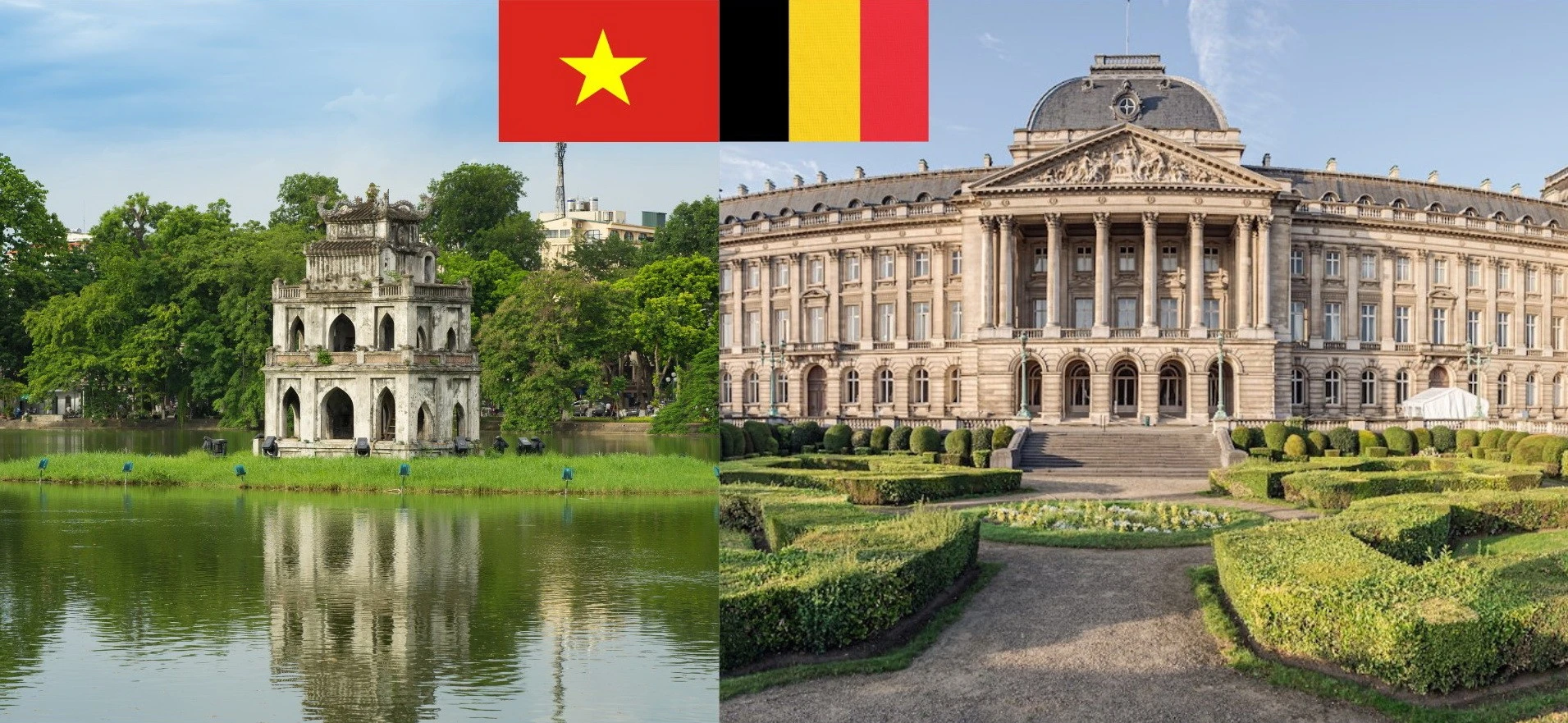


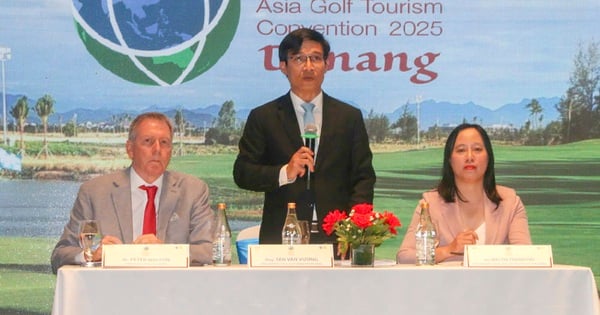

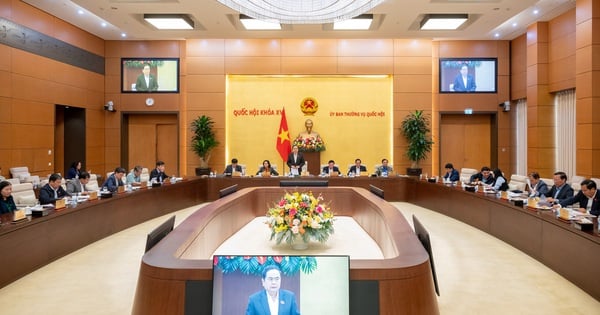
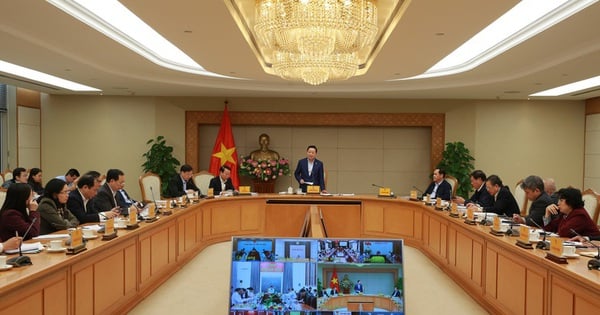
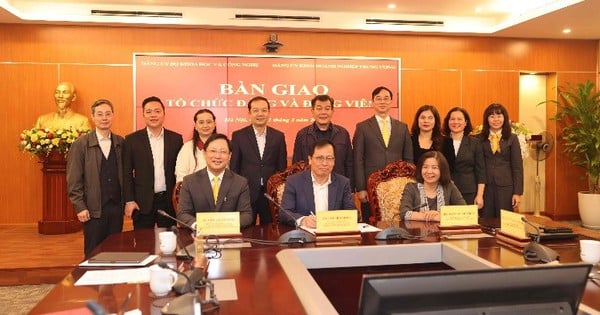

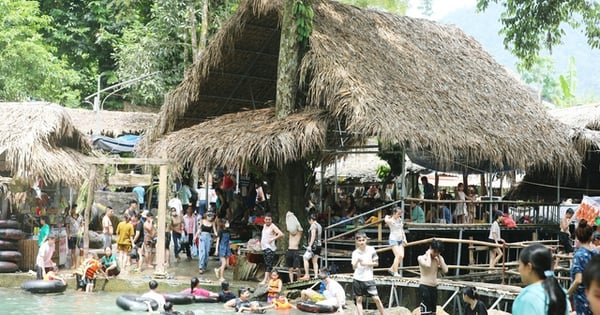
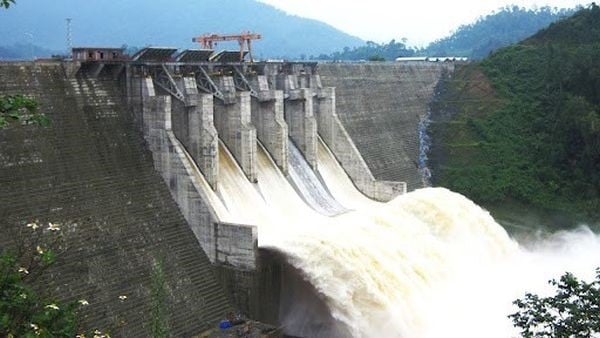



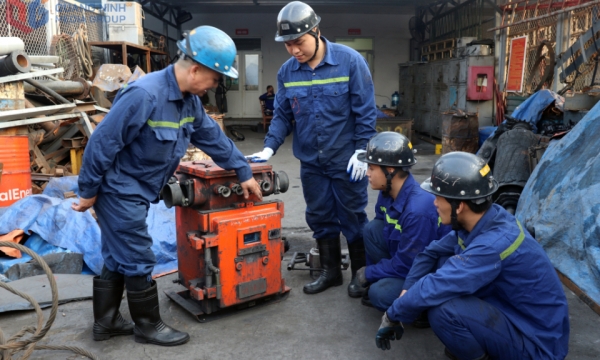
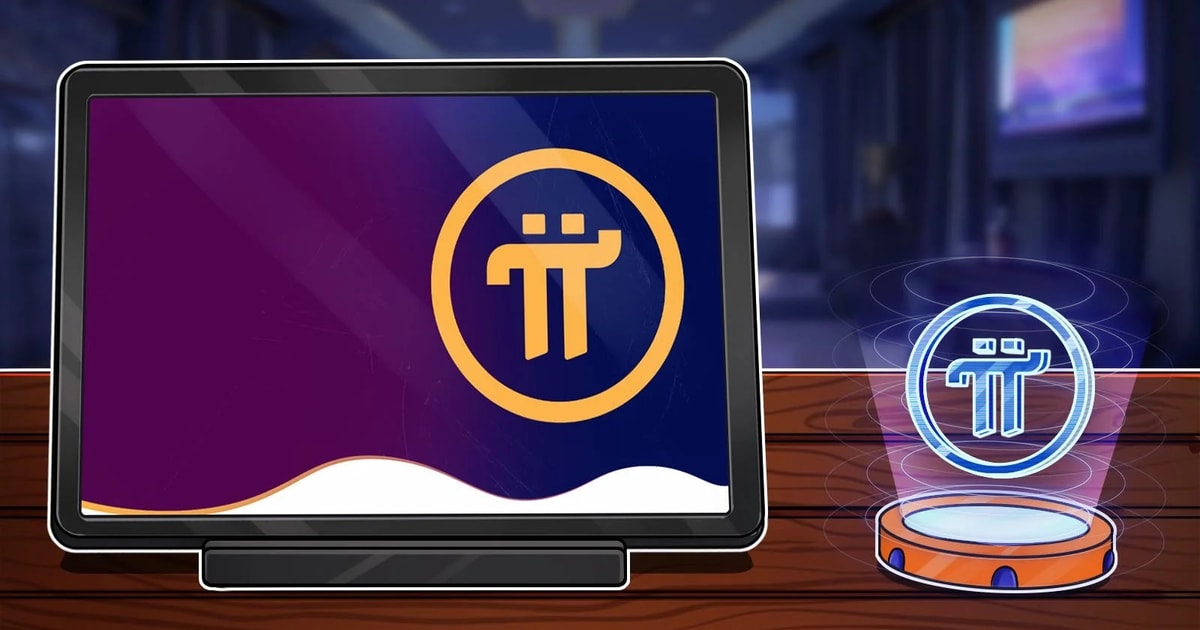

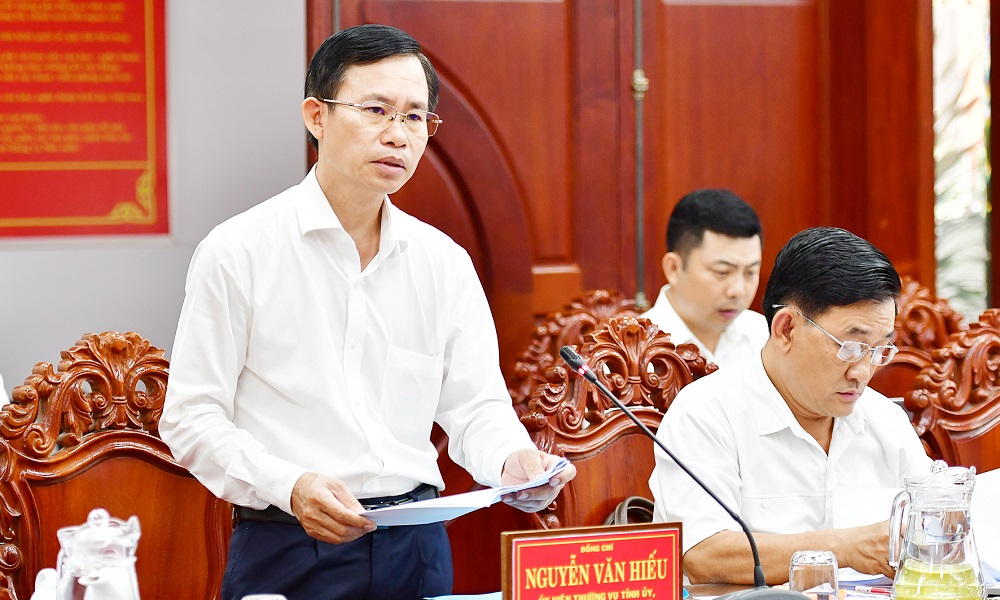

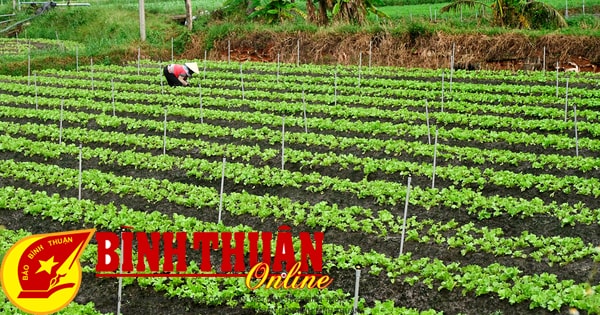

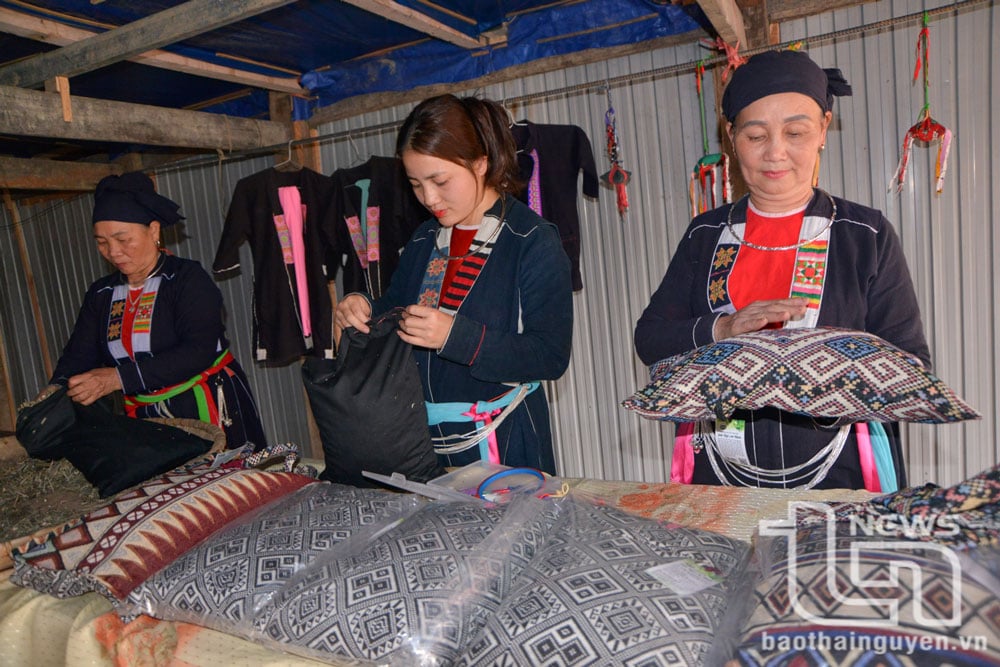




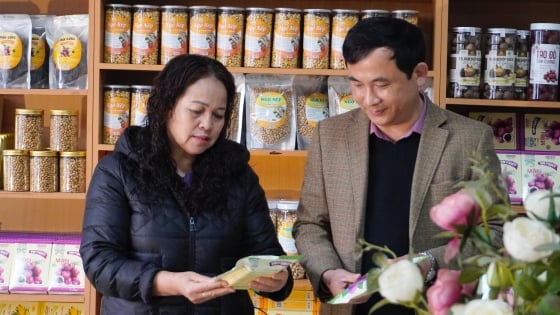



![[REVIEW OCOP] An Lanh Huong Vet Yen Cat](https://vstatic.vietnam.vn/vietnam/resource/IMAGE/2025/3/27/c25032328e9a47be9991d5be7c0cad8c)
Comment (0)